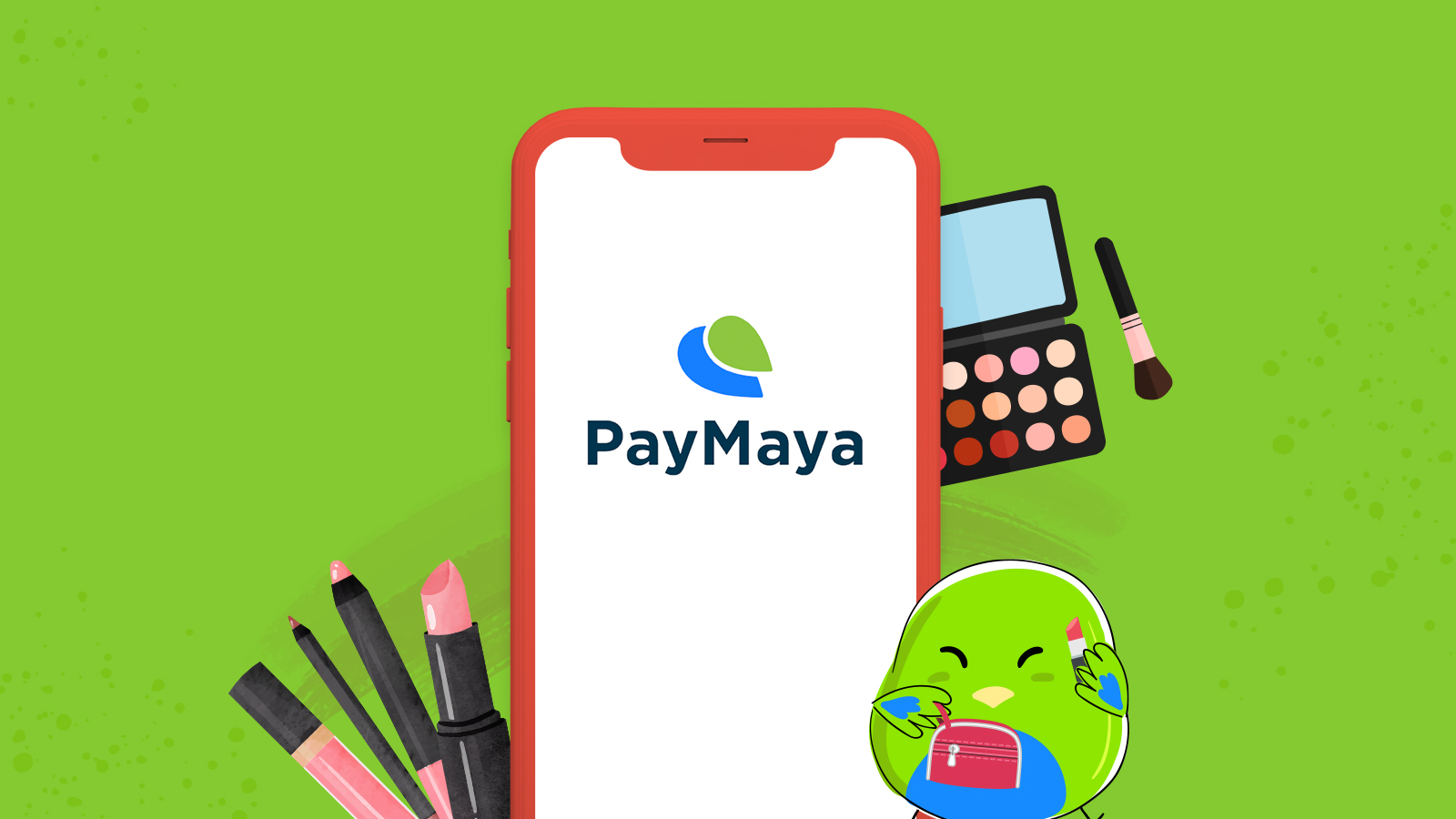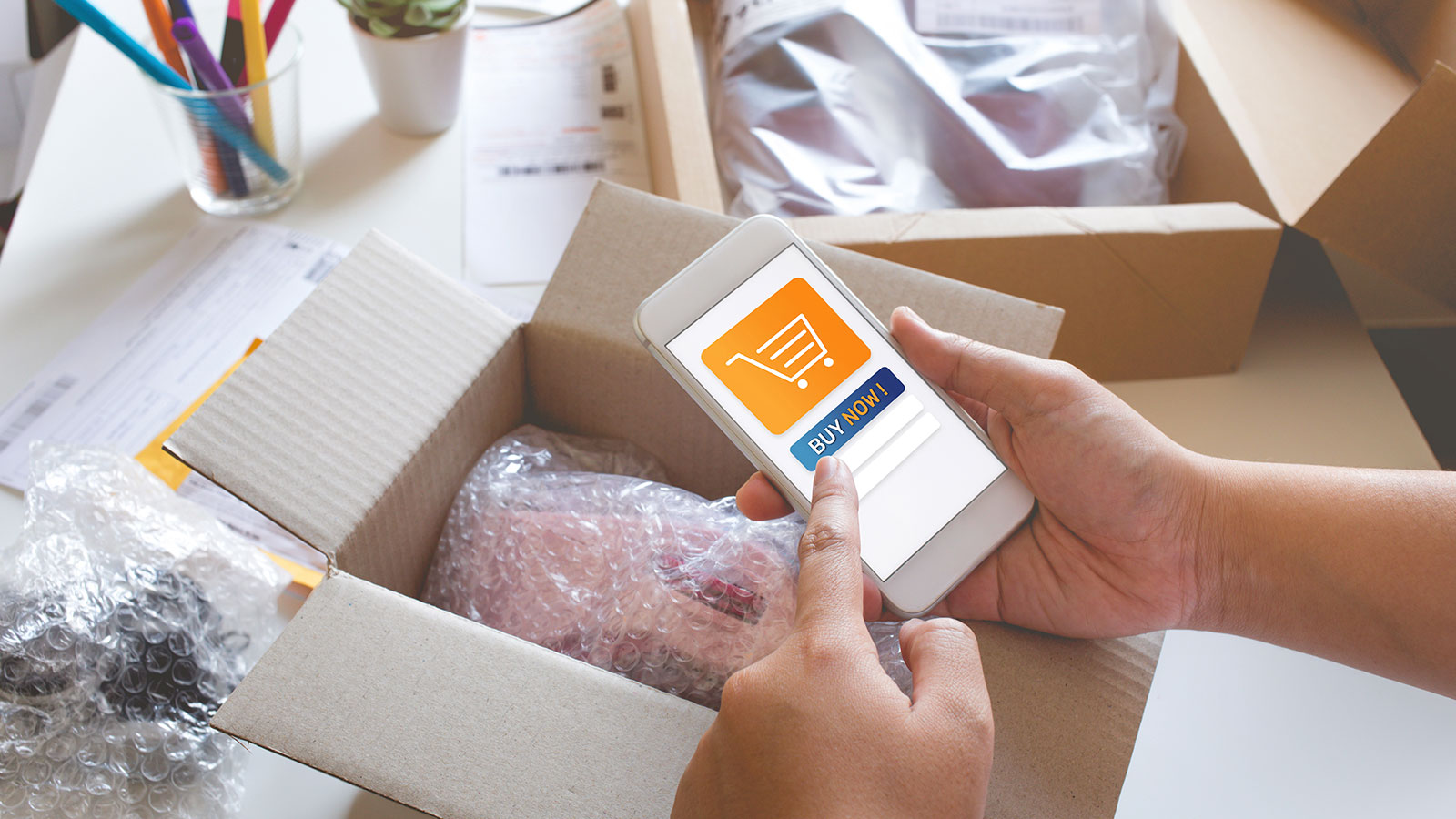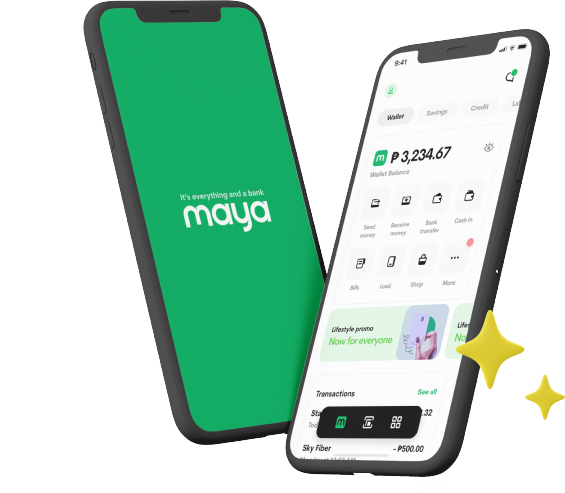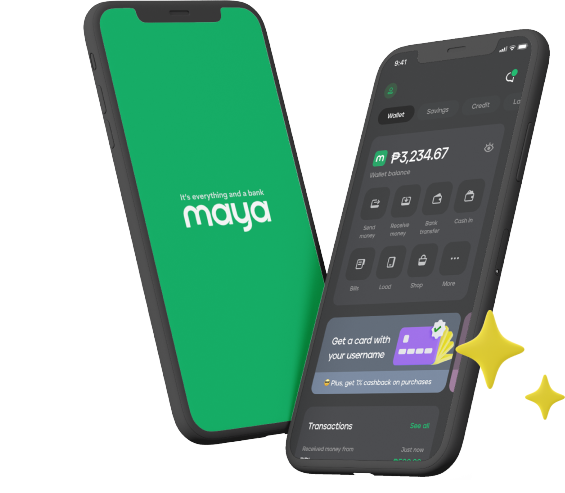
There are many ways that the Internet has changed people’s lives for the better. For one, it has paved the way for easier communication. It has also created more income-generating opportunities, especially for freelancers. Perhaps most importantly, the Internet has made almost everything more convenient and accessible.
Still, for all the good things that the Internet has brought to the world, it’s not without its faults. Privacy (or the lack thereof) is a particularly big issue. Online scams can also be found in every corner of the web. What’s worse, scammers have become wiser and more creative. Even those who consider themselves “digital natives” have been victimized by fraud and other online rackets.
To protect yourself, we’ve compiled some tips on how Filipinos can avoid fraud while browsing the web and conducting transactions. Check them out below.
Transact with Trusted Websites and Sellers
One of the easiest ways to check if a website is secure is to look at the address bar. The URL should start with https:// and not http://. The “s” stands for secure and that the website is using a secure sockets layer or SSL. This indicates that the information passing through the website is encrypted. There should also be an icon of a closed padlock either before or after the URL (depending on your browser). For e-commerce sites, look at the checkout page where you choose your payment method. There should be a certificate there that verifies the security of the transactions.
If you’re buying through social media, be extra cautious. If possible, ask for recommendations from your friends and family. Social media sites don’t have the same level of security compared to legitimate online marketplaces and verified websites. Should you decide to push through, make sure you’ve done your research. Take a look at how they interact with their customers and look for testimonials. You should also check their payment methods. Ideally, they should be using e-wallets like Maya or online banking. Such payment methods provide an extra layer of protection, since these require the person to provide valid identification to verify their accounts.
Know the Signs
When it comes to online shopping, there are several red flags that can immediately tell you that you’re (likely) dealing with a scam. Some of these indicators include unbelievably low prices compared to the retail price. This is incredibly common for fakes or “authentic copies” high-end brands. Consider a pair of hype sneakers that costs USD 8,000. Converted to local currency, those shoes would be worth more than Php 400,000. If a seller says they can get you the same pair for only Php 100,000, you should be immediately suspicious.
You should also be wary if the seller doesn’t provide additional information about the product, inconsistent answers, or refuse to meet up. Try asking the seller to take a photo with the “legit” item as well. Sometimes, scammers just get photos from Google and post the item for sale. If they can’t take the selfie with the actual product, they’re likely scamming you.
Here are a few more indicators of online sellers that up to no good:
- No clear information about returns, refunds, and exchange policies
- No contact details provided on the website or social media; if there are any, then you aren’t getting reliable responses
- Asking for sensitive financial and personal information
Keep Your Devices Updated
It was earlier mentioned that scammers have become more creative over the years. Luckily, developers are also continuously improving their systems to protect against these scammers. In fact, web browsers, email clients, and operating systems have become “smarter.” They’re now designed to detect fraud and other suspicious activity, doing their magic in the background even if you’re just casually browsing websites. This is why you should always check if your devices have the latest security updates. These patches, as they’re often called, ensure that your phone and computer are protected against the latest viruses, bugs, and security threats.
Most of the time, your devices will auto-update its software version or at least let you know that there’s an update available. The same goes with apps, especially popular ones such as Facebook, Twitter, GMail, antivirus apps, and the like. However, you have to make sure that there’s enough storage space to accommodate the update. The size of the patches can vary; indeed, some update files can be as big as 5 GB at a time.
Aside from keeping your devices up-to-date, you should also keep yourself updated with the latest tech news. Look for news about the latest scams, along with cybersecurity news. This way, you’re always one step ahead of scammers and hackers.
Use the Power of Search
We mentioned in the introduction that the Internet has made many aspects of our lives easier. One such aspect here is education. Indeed, educating yourself about the latest online scams is one of the best ways to avoid them—and you can easily find information about online scams, well, online! A simple search engine query about “romance scams” or “phishing emails” can yield thousands of results. You can even search specific companies or brands to check if scammers are using them to defraud victims. Knowledge is power, as the saying goes. In the case of avoiding scams, knowledge is an extra level of protection.
If You Didn’t Join Anything, You Didn’t Win Anything
Some scams come in the form of text messages or emails that tell you you’ve won a huge cash prize, a trip to a luxurious destination, or something similar. The only condition to claim your supposed prize is to contact someone and deposit a minimal fee to a bank account. Once you’ve made the deposit, however, you won’t be receiving any kind of prize at all.
The best thing to do when you receive this kind of text or email is to ignore and delete it. Why? The first prerequisite to win a raffle is to join one in the first place. If you didn’t join one, then you shouldn’t be able to win. Sales promos and raffles also need certain permits from the government, usually from the Department of Trade and Industry or the Food and Drug Administration. If the so-called promo or raffle doesn’t have a permit number (you can check this online), you’re likely dealing with a scam.
Don’t Share Sensitive Information to Individuals
When you shop through legitimate and secure online platforms, it’s generally safe to input information such as your credit card number and CVV. That’s because these websites have proper security features that keep these sensitive details safe. Still, don’t be tempted to save your name, address, and credit card details in online shopping forms. This will not only help protect your information but also curb instances of impulse shopping.
When it comes to individual sellers, however, do NOT divulge any confidential information. As much as possible, pay only through cash or online transfer using third-party apps like e-wallets. There’s no reason for an online seller to ask you for your birthdate, credit card number and CVV, along with other sensitive information. As the very least, you should only give your name, delivery address, and contact number. If they’re asking for more details, don’t push through with the transaction.
Be Suspicious as a Default
One of the most important lessons in modern internet usage is that you shouldn’t believe everything you watch or read online. Whether it’s a news item or a new product offering, it pays to double- and triple-check multiple sources. The same thing applies to anything that you receive through email, social media, and even SMS. Again, scammers, identity thieves, and cybercriminals are getting more creative in their methods. Thus, being suspicious should be your default setting when you come across links and messages from unknown and unverified origins. In fact, even if the message came from a trusted source, you should still be wary. It’s possible that your friends or family members have been hacked or unknowingly forwarded a malicious link.
You should also familiarize yourself regarding how your favorite websites look and their official URLs. Scammers can now re-create the log-in pages of banks and make the phishing ones look like the original, which can then trick you into providing sensitive information. Take a look at the design and see if something’s off. You should also investigate the URL itself and see if it is indeed the URL being used by your bank, insurer, and other providers. Most of the time, you’ll see misspelled brand or company names, symbols, and odd extensions in spoofed or fake URLs.
Finally, review the actual contents of the email, link, or text message. Scams usually play to extreme emotions, such as fear or intrigue. They might trick you into thinking that your account is being locked or that there’s only a limited time to avail a certain promo. They try to goad you into immediate action or make you panic. This makes it easier for you to be victimized.
Activate 2FA on All Your Accounts
Two-factor authentication or 2FA is a simple but effective way to secure your online accounts. Just in case hackers figure out your password, they still won’t be able to log in without a one-time password or OTP. It’s also a good idea to use an authenticator app, such as Google Authenticator or 1Password, to protect yourself from SIM swap attempts. In addition, remember to choose strong passwords and change them periodically. Cybersecurity company Avast has a few tips on how to create strong passwords if you need some help making one.
The key accounts you have to protect include your email, social media profiles, and financial accounts. Don’t limit your use of 2FA to these “major” accounts, though. Indeed, as long as the application supports 2FA, you should activate it. Another good idea to keep your details safe is to limit the apps that you link with your email or social media accounts. This way, hackers will have fewer “backdoors” that they can use to breach your accounts.
Don’t Trust Sudden “Support” Calls
Some fraudsters go the direct route and give you a call. They tell you that your account has been compromised but they can help you recover it if you follow their instructions. Usually, this comes with a spiel that they can only help you within a limited period or else your account will be locked. (Remember: scammers prey on fear and a sense of urgency.) Then they’ll start asking you for crucial details such as your birthday, account numbers, and the like.
Don’t fall for this type of call. Banks, e-wallets like Maya, and other service providers will NEVER ask you for these private pieces of information. If you receive calls like this, simply say that you’ll handle the problem personally and then hang up. After the call, immediately get in touch with your bank or utility provider to verify the information. You should also log-in to your accounts and check the activity history to see if there is any suspicious activity. If there is, be proactive and change your passwords immediately.
Ignore Pop-Ups
There are certain websites that employ pop-up windows and so-called “lightboxes.” Often, these are used to highlight a product launch, affiliate marketing, and similar promotions. Bogus and malicious pop-ups, however, are another story. These usually contain malware, masquerading as ads for security software, games, or even sales promotions. Clicking on these pop-ups is usually enough to deploy the malware, which can then compromise the security of your device and the data stored in it.
If you’re not 100% sure that the pop-up is legit, it’s best to ignore it completely. Do note that most browsers nowadays already offer built-in pop-up blockers (you can activate these through your browser settings). Nevertheless, you can still install additional pop-up blockers and antivirus software to completely get rid of these annoyingly persistent ads.
Just the thought of being victimized by an online scam can be scary, especially with how much we now depend on the Internet in our daily lives. However, with a bit of vigilance, common sense, and research, it becomes easier to avoid scams and other dishonest schemes online. Stay safe and think before you click!
References
https://ph.news.yahoo.com/online-scams-philippines-watch-021038017.html
https://www.wired.com/story/how-to-avoid-worst-online-scams/
https://www.safewise.com/blog/internet-safety-avoid-online-scams/
You might also like
These Stories on E-Commerce




